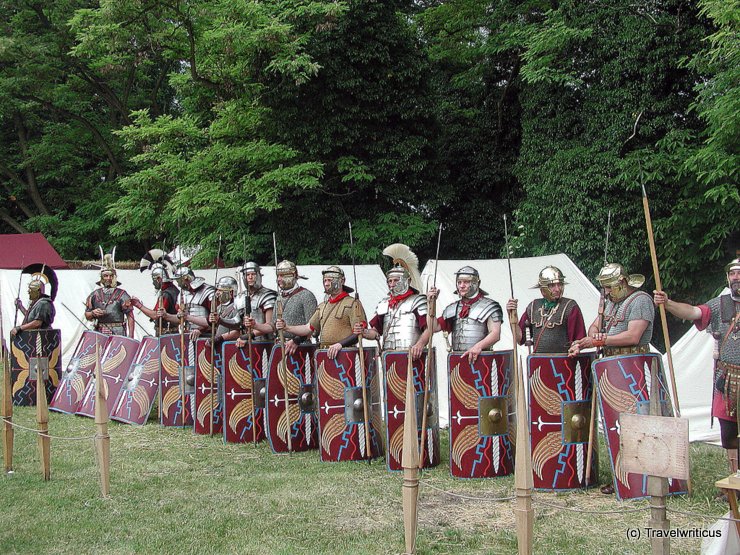
The Carnuntum Archeology Park hosts reenactment festivals with shows about Roman military routines and civic customs several times yearly. Numerous friend societies of Roman history provide visitors with parades of Roman legionaries.
Browse through your travel destination!

The Carnuntum Archeology Park hosts reenactment festivals with shows about Roman military routines and civic customs several times yearly. Numerous friend societies of Roman history provide visitors with parades of Roman legionaries.
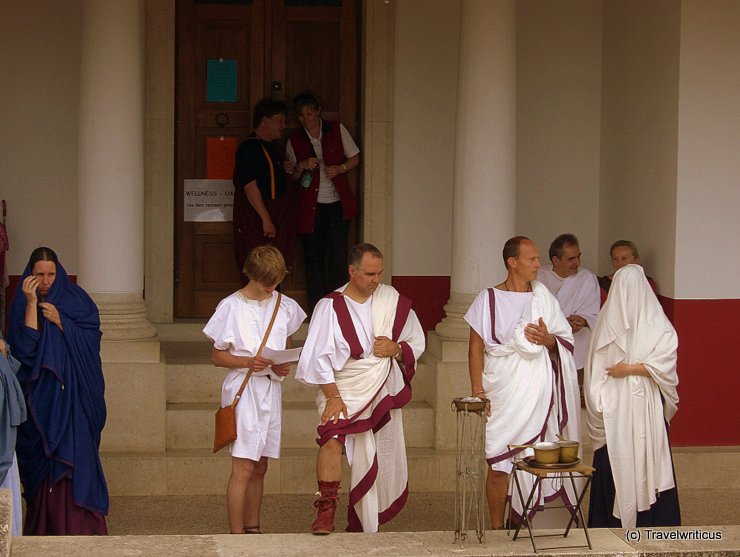
The Archeological Park of Carnuntum entertains visitors with reenactments like this Roman wedding. That way, people learn the bride used to be veiled during the celebration. Besides civic traditions, Carnuntum also presents military routines.
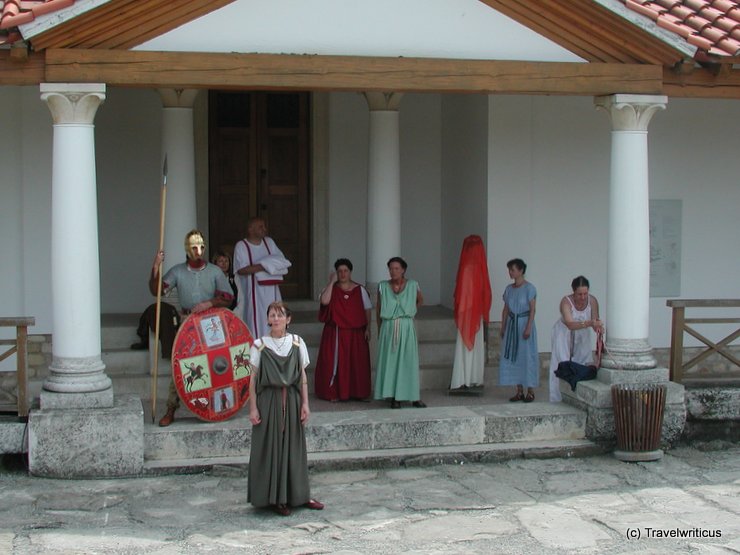
Fashion shows are another appreciated event during Carnuntum festivals. During such presentations, people hear about different dresses in Roman history. That way, the audience also learns how many steps are needed to put on a traditional toga.
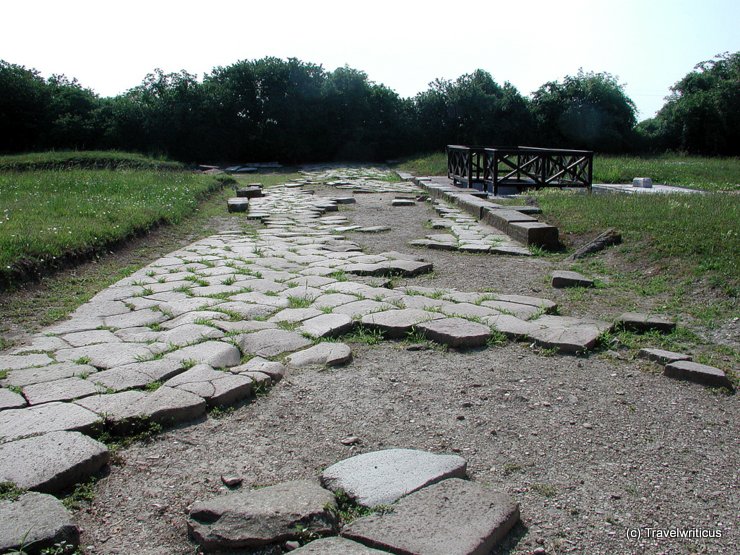
Before entering Venice, I visited the archaeological site of the ancient Altinum near Quarto d’Altino. There, I saw the remains of a Roman street. The nearby Museo Nazionale Archeologico di Altino displayed a bunch of ancient findings.
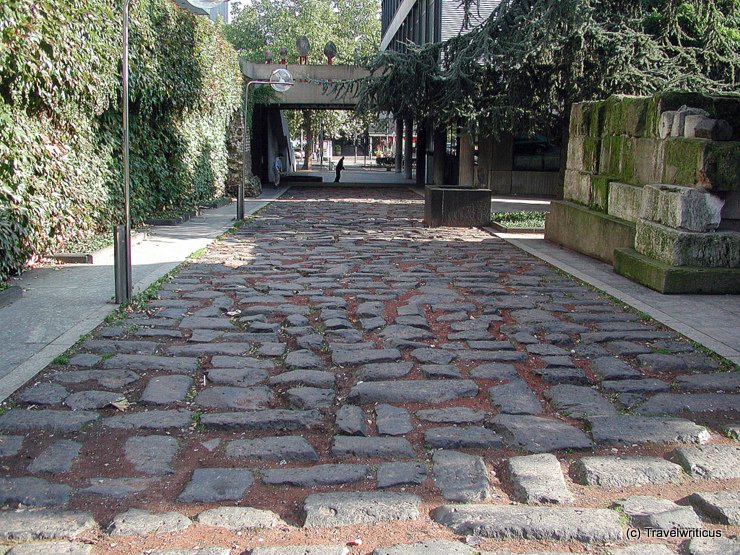
Near the Roman Museum, pedestrians see this reconstruction of an ancient street. The lane is known as Harbour Road, though it doesn’t lead to a port anymore. It isn’t an exact reconstruction of the former street, but the basalt stones are from Roman times.
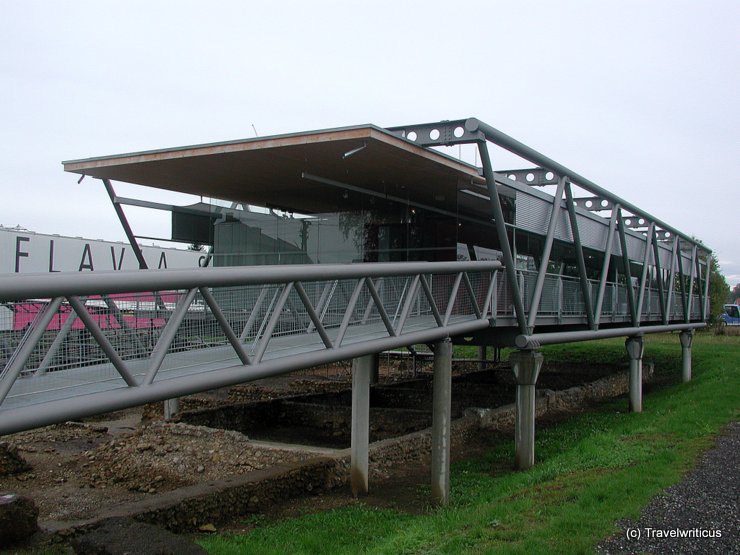
The Roman Museum of Wagna is located right above the remains of the former Roman settlement Flavia Solva. Thus, you can simultaneously look at the ancient walls below your feet and some Roman pieces that have been found there.
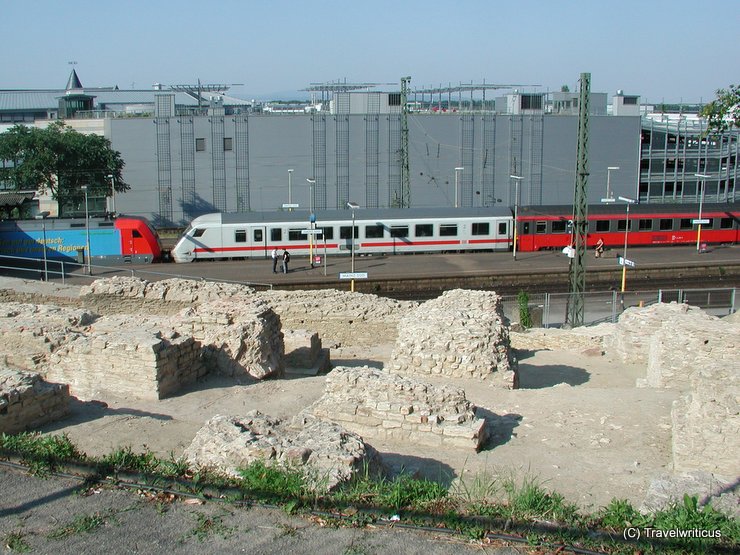
During ancient times, the name of Mainz was Mogontiacum. You still find several Roman remains in the city. For example, the ruins of the Roman theatre stand next to the railway station named Mainz Römisches Theater.
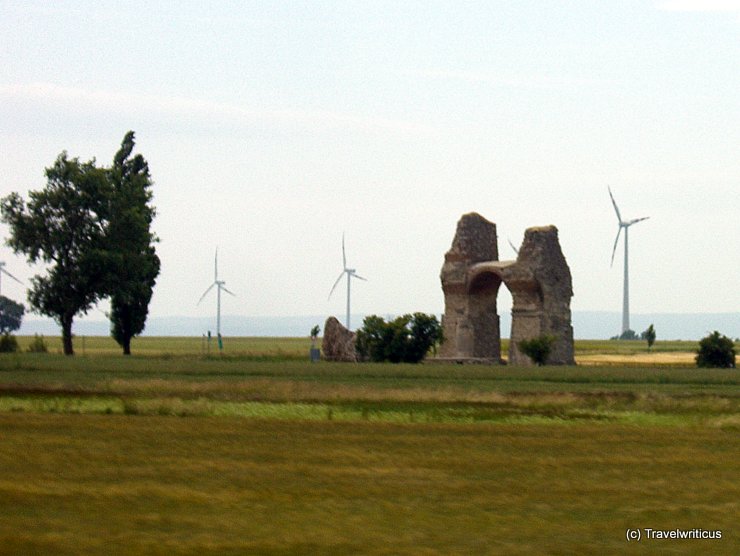
On a train journey from Vienna to Carntuntum-Petronell, travellers have this photo of an ancient Roman monument. The structure is part of the archaeology park Carnuntum. Local people call this monument Heidentor (Pagans’ Gate).
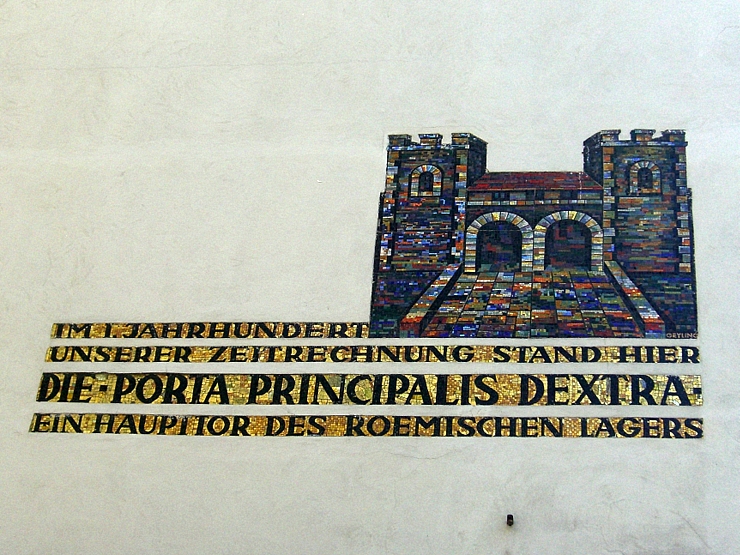
This mosaic on a building in Vienna reminds pedestrians of an ancient gate (porta principalis dextra) that stood here in the 1st century. It was part of the Roman fort Vindobona, the nucleus of modern Vienna.
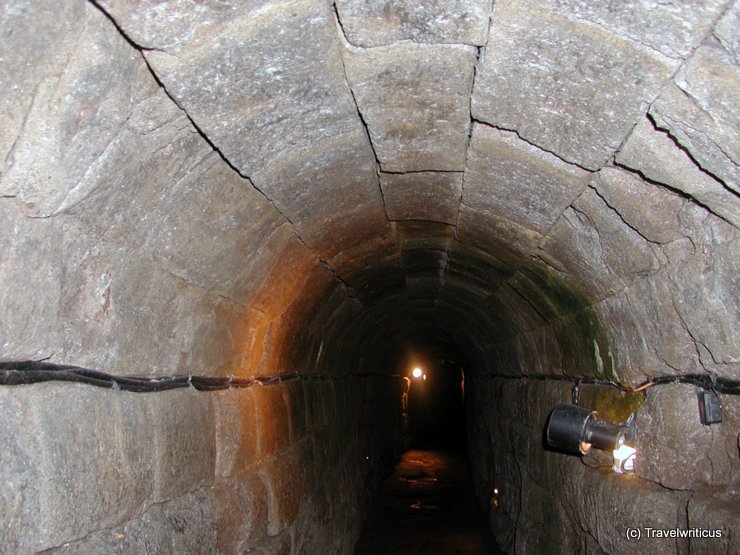
Below the Spanische Bau in Cologne, fans of Roman architecture find the remains of the ancient Roman Praetorium. Right next to these ruins, visitors have the chance to walk through a former Roman sewer below the streets of the modern city.

The Roman fort Biriciana, nowadays known as Kastell Weissenburg, was occupied by cavalry units during ancient times. The photo shows the reconstructed north gate (Porta decumana) of the fort area. In Roman times, this gate led to the Limes.
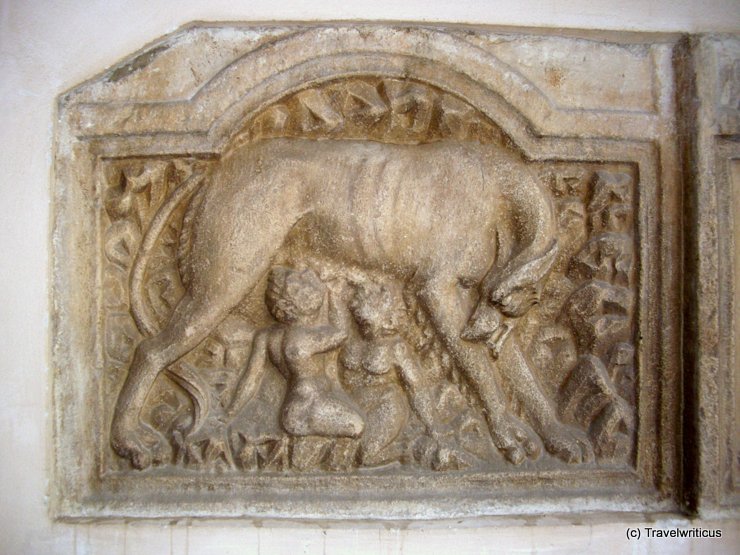
This ancient stone is immured in a church named Marienkirche in Maria Saal. The depiction shows the Capitoline Wolf (Lupa Capitolina). The piece is probably a relic of the Municipium Claudium Virunum, a former Roman place in Carinthia.